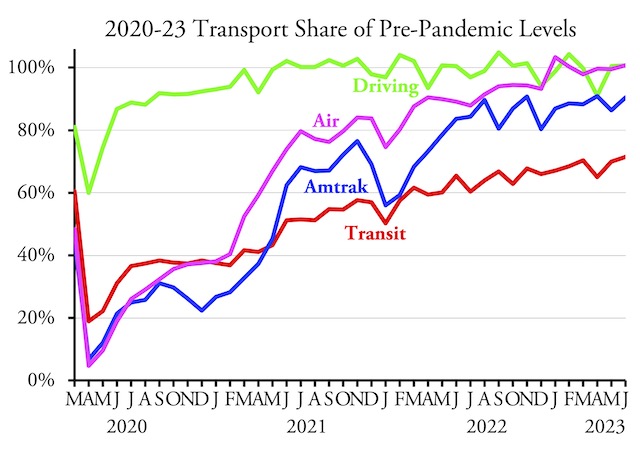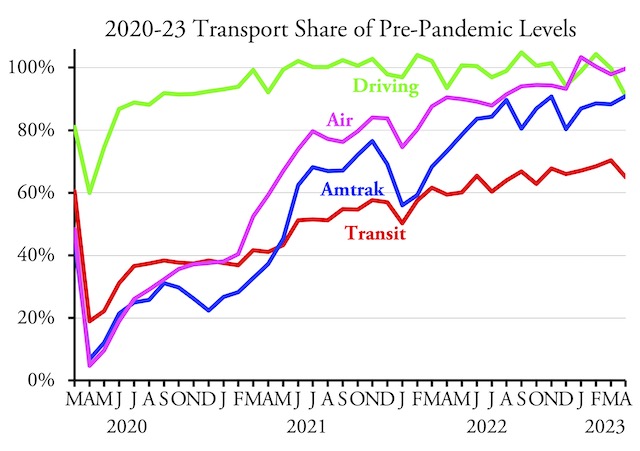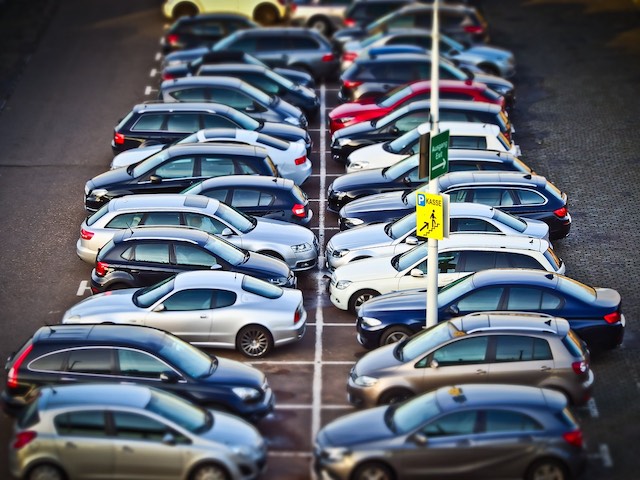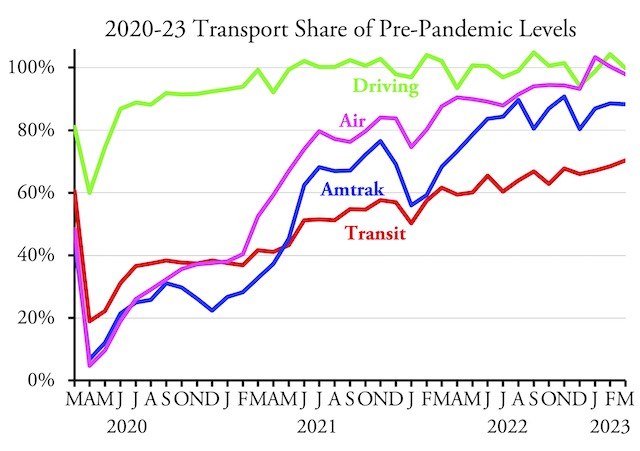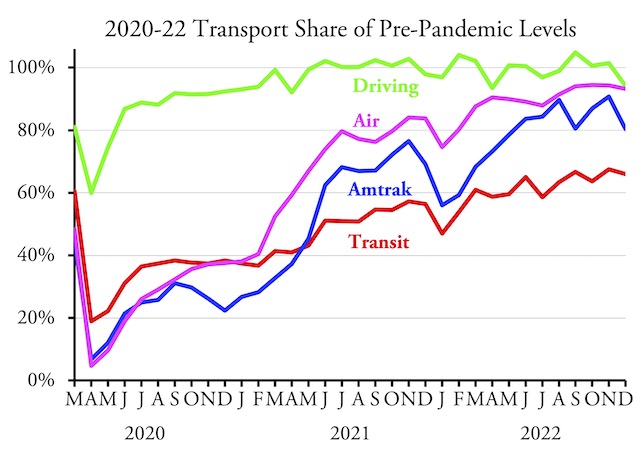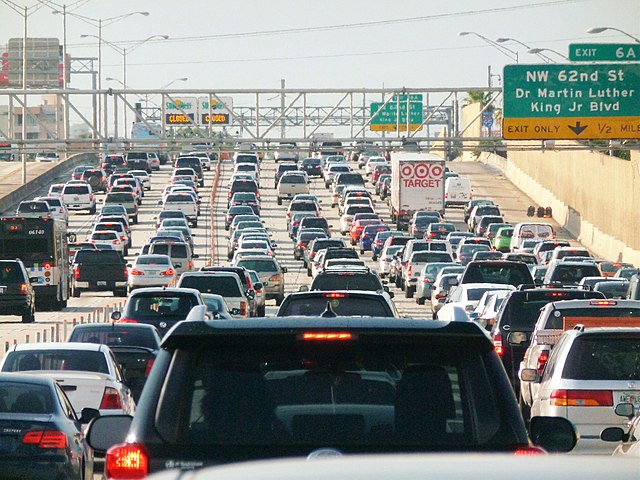In 2020, New Orleans planned to install bike lanes on 75 miles of streets, reducing the capacity of those streets to move cars. The residents of the first neighborhoods where they were installed strongly protested and are happy to report that, in late July and early August, all newly installed bike lanes have been or are being removed. Concrete barriers that once separated bicycles from autos have been ground away and stripes separating bicycles from autos have been replaced by signs reminding auto drivers to share the roads with bicycles.
Although strongly supported by many bicycle advocacy groups, bicycle lanes have questionable benefits for bicycle riders. The lanes are designed to safeguard bicycle riders from being hit from behind by automobiles, but this kind of accident is rare. Instead, most bicycle-auto collisions take place at intersections, and bicycle lanes usually disappear at the intersections. By creating an illusion of safety, bicycle lanes may increase cycling on busy streets and effectively put more bicycle riders in harms way by encouraging them to cross intersections where they are more likely to get hit. Continue reading

